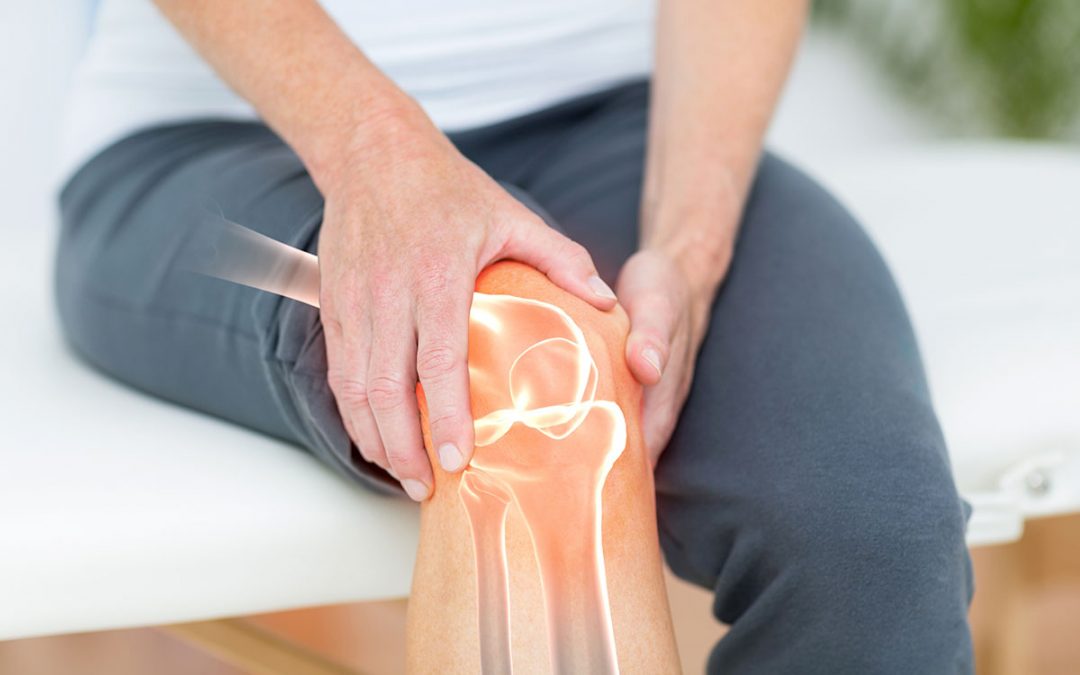Bend physical therapist Rob Hollander doesn’t mince words when talking about the docile nature of the largest and perhaps most complicated joint in the human body.
“Our knees are very passive players within our bodies,” said Hollander, co-owner of Alpine Physical Therapy in Bend. “They’re easily influenced by what’s going on above and below them, not making many decisions on their own.”
That’s why when one experiences knee pain, the true causes of the joint’s wear and tear can almost always be traced up or down the leg – oftentimes in both directions.
Tight muscles, improper footwear, bad balance, the lack of strength in the hips … all of these issues that exist far from the knees can lead to an irregular compression in the knee joint, leading to pain and possible injury.
“The knees may get all the blame, but we think of them as sort of a canary in the coal mine when it comes to movement, strength and/or balance issues,” Hollander said. “Yes, wear and tear in the knees can also become its own issue over time, but it’s possible to slow this by identifying and addressing the real issues affecting the knees.”
Case in point, a study performed by the School of Health and Rehabilitation Sciences at Indiana University-Purdue University Indianapolis found that hip strength exercises performed by female runners vastly reduced the incidence of knee pain, or “runner’s knee.” Improved mechanics through increased hip strength was credited for the reduction in pain.
Another study, this one published in the Annals of Internal Medicine, linked the growing incidence of knee pain in the U.S. (65 percent from 1971 to 2004) to the same steady rise in obesity.
Studies like these, according to Hollander, simply support the general approach physical therapists take when treating knee pain as well as most other pain and injury issues: always take into consideration patients’ entire kinetic chain, from the feet up through their bodies.
“When someone walks through our doors and says they’re experiencing knee pain, we don’t just look at their knees. We approach the issue globally,” Hollander said. “We evaluate everything from the feet up through the hips, otherwise we’ll likely miss the real cause of the patient’s issues.”
According to Hollander, such an evaluation should always include an analysis of movement, balance, flexibility and strength. Treatments for knee pain, he said, may include a mix of remedies that includes the use of proper footwear/orthotics, the establishment of a flexibility program, strength and balance exercise regimens, and perhaps even a plan to shed some excess body weight.
“If you regularly experience knee pain while you’re going about life and doing the things you most enjoy, it’s always important to get yourself evaluated by a physical therapist,” Hollander said. “If your knee’s chirping, so to speak, that’s usually a good indication that something elsewhere in your body needs some attention.”
